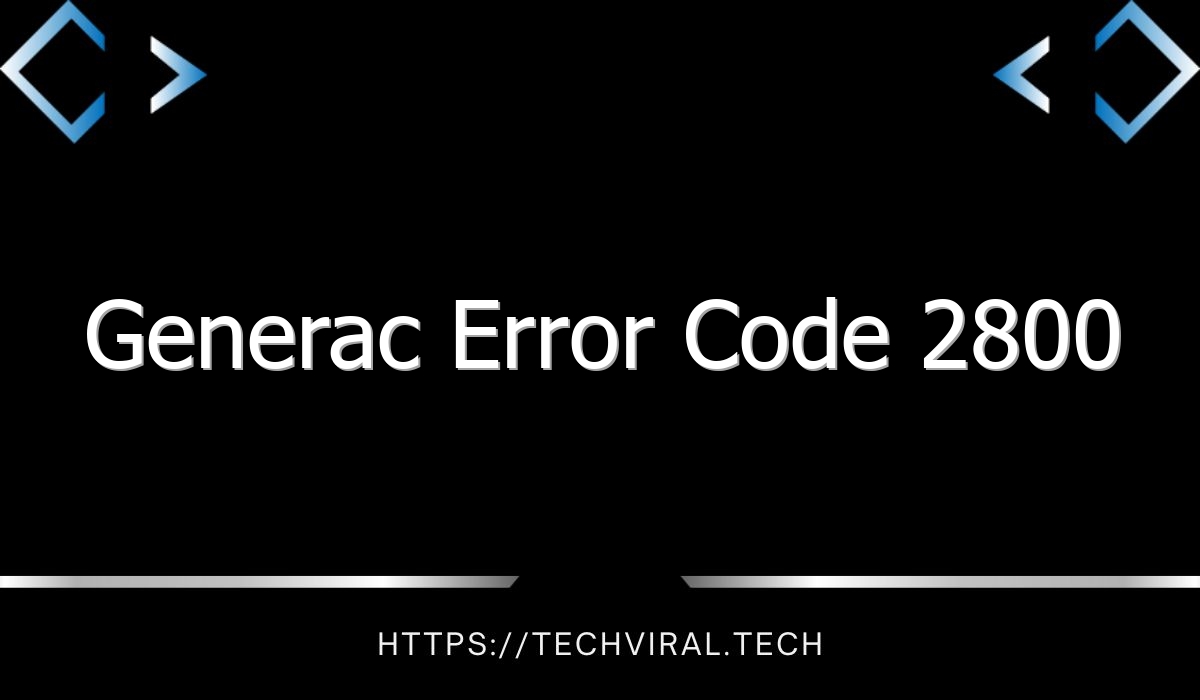How to Create a Content Strategy That Drives Conversions

Before you can create a content strategy that works, you must first define your target audience. You can do this by reading industry blogs or surveys, or by analysing your own website traffic. This will help you to understand what kind of content your target audience is most interested in. Then, you must create content that speaks to them in a way that captivates them. This is particularly important when you’re planning to reach a large audience through social media.
Create original content
When creating a content strategy, defining a value proposition is essential. A good value proposition will identify the problem that your customers are facing and provide actionable steps to solve that problem. In fact, 75% of business executives attribute underperforming products to a poor value proposition. As a result, it’s critical that your content’s value proposition line up with your product’s benefits. In addition, you must make sure that your content’s initial impression is favorable.
Content that is relevant to your audience will be more effective in generating sales. For this, you need to understand your customer’s journey. To do this, you can use a customer journey map to identify the needs and wants of your target audience. In addition, you can use UTM parameters to track and measure the success of different campaigns. You can also use social media channels to promote successful promotions and build customer personas. Once you have developed a persona of your customer, identify what content speaks to them most effectively.
Define your mission
Before creating a content marketing plan, it’s essential to understand your overall objective. Your goals should include raising brand awareness, driving traffic, and generating leads. Having a clear mission statement will help you stay focused on these goals. It will also ensure your content is in line with your business’s mission statement.
One of the biggest mistakes in content marketing is focusing solely on top-of-funnel content. This approach can lead to incomplete strategies and misses opportunities for higher conversions and ROI. Content should be created in such a way that it guides your visitors throughout the buyer’s journey from awareness to conversion. During the early stages of the buying cycle, visitors are not even aware of your brand or the solution you offer. They’re looking for information, opinions, and resources.
Before creating a content strategy, define your target audience and buyer persona. This will help you create more valuable and relevant content for your audience. Knowing your audience will also make it easier to influence them to make the right decisions. After knowing your audience, conduct a competitive analysis.
Document your strategy
A properly documented content strategy must include a few key elements: who owns it, what metrics it must achieve, who will be involved in the content creation and distribution process, and how it will be delivered to your audience. A content strategy should also include a list of stakeholders and their responsibilities and identify any subject matter experts you may need.
A documented strategy also includes a detailed editorial calendar. It is a comprehensive roadmap that outlines your goals and objectives. You may want to create several documents or spreadsheets to describe the relationships between your various pieces. Once you have a plan in place, it’s easier to put those plans into action. The benefits of documenting your content strategy are many.
When creating a content strategy, it is important to determine what your audience wants. It is important to identify their pain points and understand how to address them. For example, you may want to answer their questions, such as: How can I find more information about a product or service? By conducting customer research, you can discover these needs and provide relevant solutions.
In addition to identifying your business objectives, you should also measure your content’s performance. This can be done with the help of a free data analytics tool such as Google Analytics or most social media platforms. While this may take some time, it’s essential to know what metrics your content has achieved. Measure what content is converting to customers and how often it is attracting readers.
Include classy “shop” buttons
Incorporating a classy “shop” button into your content strategy can drive conversions. Using these in-content calls to action will capture the attention of readers and encourage them to take action. You can even personalize your content and make the call to action more compelling.
Develop a data-driven strategy
Data-driven content marketing is an effective way to increase the potency of your content marketing efforts. It uses the insights generated by analysis of data to determine which content format is best for your audience and what type of communication will most engage them. This will help you create more effective content and boost conversions.
Data-driven content helps you identify the search terms and interests of your audience and tailor your content to their needs. It can also help you optimize your routes to purchase. It’s especially effective for businesses targeting new audiences. By analyzing this data, you can get a deeper understanding of your ideal customer’s interests and buying habits.
The power of data-driven marketing can be seen in the fact that it provides a consistent multi-channel experience for customers. This consistency improves customer relationships, increases brand trust and perception, and drives sharing. When a user finds something valuable, they are more likely to share it with others.
A data-driven content strategy is the only way to compete in today’s crowded marketplace. It will save you time and resources. You should apply data-driven content marketing at every stage of the content lifecycle. Moreover, it will help you test new content strategies with hard evidence to back them up.
By gathering data from your customers, you can improve the effectiveness of your content marketing campaign. You can use this data in all stages of your content creation process, from brainstorming the best content strategy to writing optimized articles. The data will also help you improve your content after it has been published. Data-driven content marketing relies on content analytics tools to provide you with detailed analysis of your content. Manual data analysis is time-consuming, and can often lead to inaccurate results.




